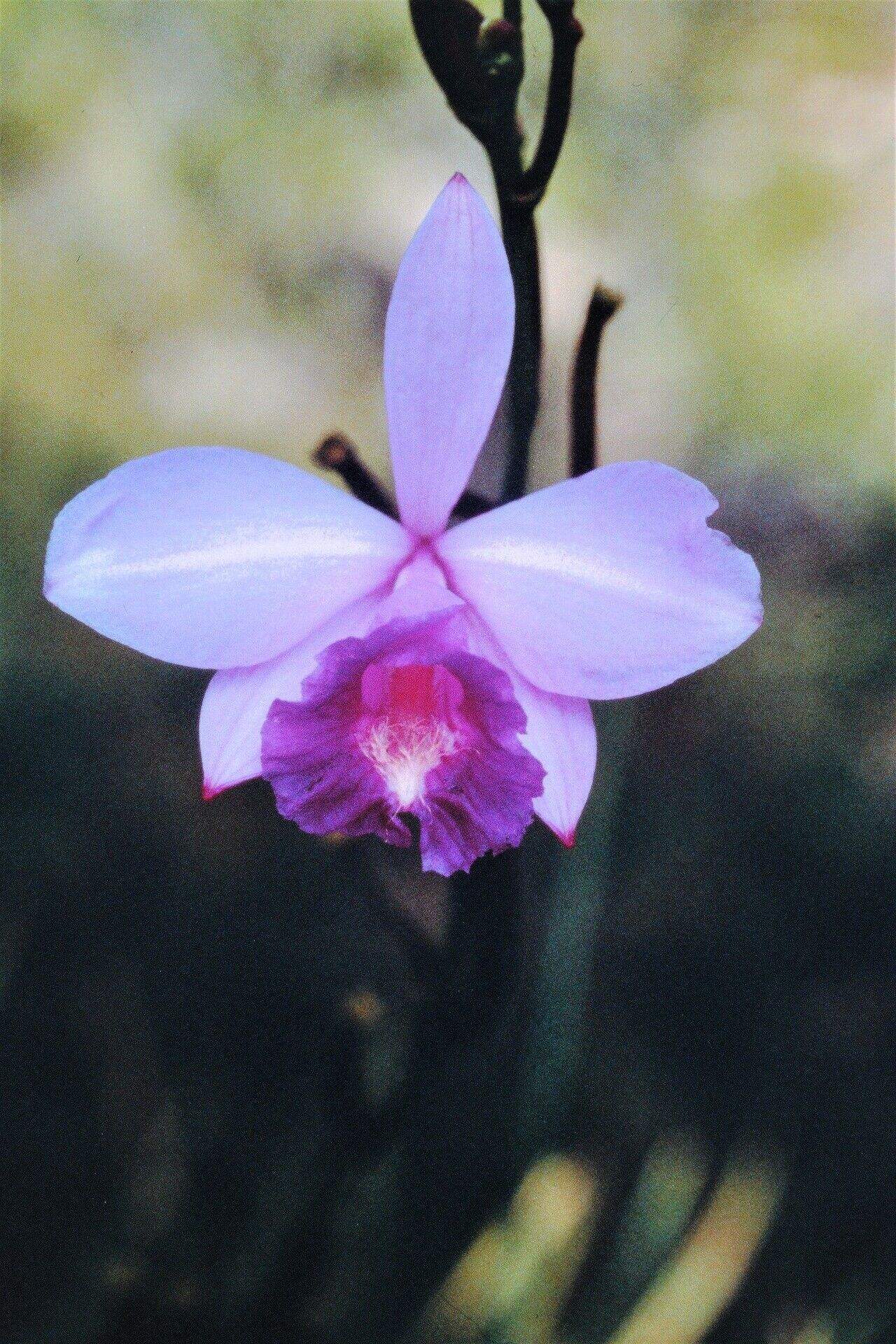Propagating Epistephium parviflorum: A Gardener’s Challenge and Reward
Epistephium parviflorum, a charming member of the Orchidaceae family, though lacking a widely used common name, captivates orchid enthusiasts with its delicate, often sweetly scented, small flowers. Its subtle beauty and relative rarity contribute to its growing popularity, making successful propagation a rewarding, albeit challenging, endeavor. The plant’s unique growth habit and limited information available on its propagation present hurdles for even experienced orchid growers.
Seed Germination:
Currently, there are no known reliable methods for seed germination propagation of Epistephium parviflorum. Orchid seeds, including those of Epistephium, are famously dust-like and require a symbiotic relationship with specific mycorrhizal fungi for successful germination. The precise fungal partner for Epistephium parviflorum remains unidentified, rendering conventional seed germination techniques impractical at present. Further research into the specific mycorrhizal associations of this species is required before seed propagation becomes a viable option.
Cuttings:
Cuttings are generally not a successful method for propagating Epistephium parviflorum. This orchid, like many others, does not readily produce adventitious roots from stem or leaf cuttings. Attempts at propagation via cuttings have, to our knowledge, consistently failed to produce viable plants.
Division:
Division is the most reliable method for propagating Epistephium parviflorum. However, it presents its own set of challenges. This orchid typically grows slowly and forms relatively compact clumps. Successful division requires extreme care. The challenges lie in carefully separating the pseudobulbs without damaging the fragile roots or causing excessive stress to the parent plant. This method limits propagation to the rate of the plant’s own growth.
- Challenges: The delicate root system and slow growth rate. Over-division can severely weaken or kill both the parent plant and its offshoots.
- Practical Tips: Division should only be attempted when the plant is actively growing and has developed multiple pseudobulbs. Use a sharp, clean knife or shears. Ensure each division possesses several mature pseudobulbs and a healthy root system. Plant the divisions in a well-draining medium suitable for orchids.
- Rewards: Division provides a relatively straightforward, if limited, way to increase the number of plants. It preserves the genetic characteristics of the parent plant.
Tissue Culture:
Tissue culture offers the potential for large-scale propagation of Epistephium parviflorum, bypassing the limitations of seed germination and division. However, this method requires specialized equipment, aseptic techniques, and a detailed understanding of plant tissue culture protocols. Information on optimized protocols for this specific species is scarce, and experimentation would be necessary to develop a successful method.
- Challenges: Establishing a sterile culture, developing a suitable growth medium, and optimizing growth conditions. The process requires significant technical expertise and investment.
- Practical Tips: Collaboration with experienced orchid tissue culture laboratories or researchers is highly recommended.
- Rewards: Potential for large-scale propagation, enabling wider distribution and conservation efforts. This method offers opportunities for genetic improvement.
Conclusion:
Propagating Epistephium parviflorum presents significant challenges. While division is currently the most practical approach, it limits propagation speed. Seed germination and cuttings are not known to be viable options currently. Tissue culture provides a promising pathway for large-scale propagation but demands specialized expertise and resources. The difficulties involved only amplify the satisfaction of successfully cultivating this beautiful orchid. For those willing to embrace the challenges, the rewards – both in possessing these unique plants and contributing to their conservation – are well worth the effort. Patience, careful observation, and a willingness to learn from both successes and failures are key to success in propagating this captivating orchid.

